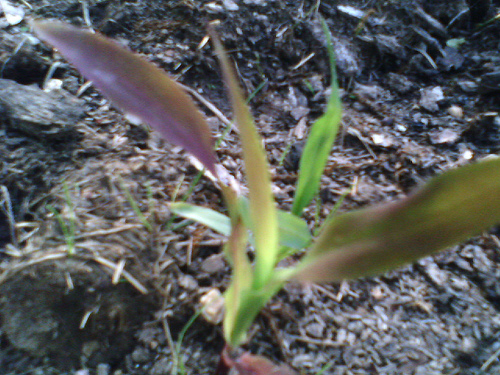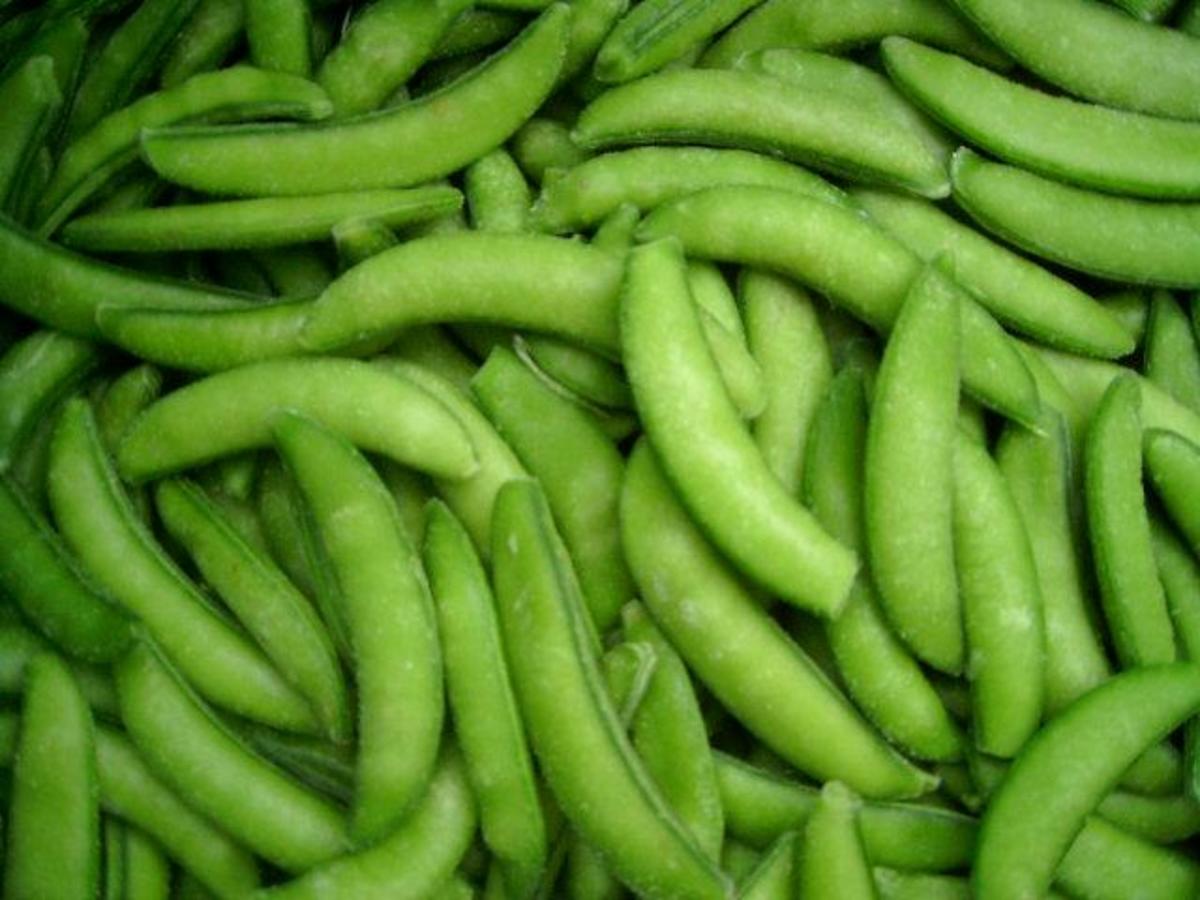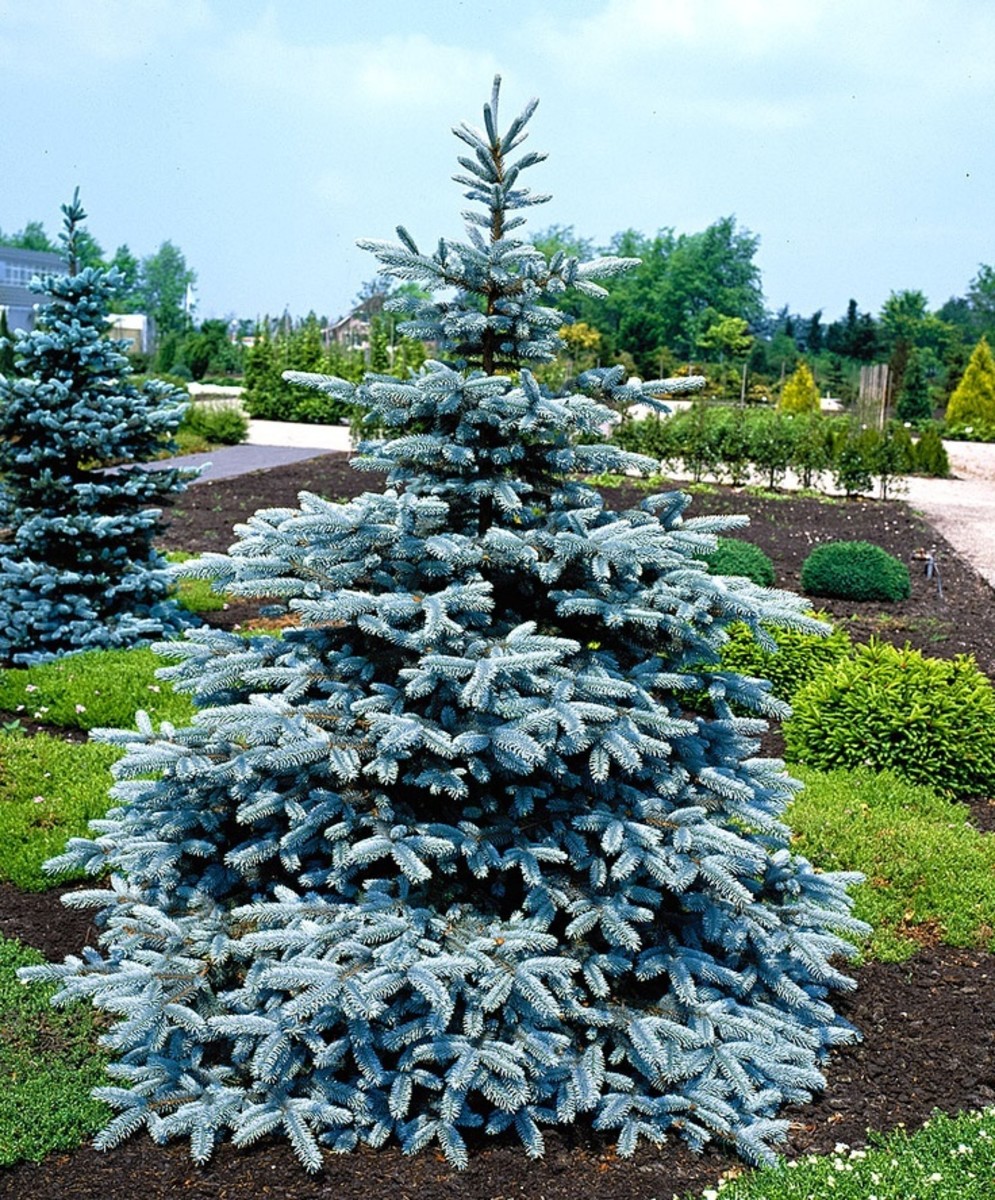For the Best Sweet Corn, Grow It in Your Own Backyard

Why Should You Grow Your Corn in Your Own Back Yard?
You've never had good sweet corn until you raise it yourself. Trust me, I know. Sweet corn that you buy in the store is a poor first cousin to the corn you grow in your own backyard.
First, it tastes better because there's the pride of knowing that you planted the corn yourself, cultivated the growing stalks, protected the ears from insects and raccoons, and checked the ears to see if they are at the peek of perfection.
Then there's the taste. Store-bought corn is flavorless, starchy, and tough in comparison. The absolute best way to eat corn is corn raised at the hand of a home gardener, picked at the peak of freshness after the cooking water is already water is boiling.
You'll never go back once you've grown your own in your own backyard.
A Few Facts About Sweet Corn
Sweet Corn is an annual grain that can have yellow, white, and bi-colored ears. This vegetable requires at least two frost-free months of the growing season. Sweet corn is wind-pollinated, so for best results, plant it in blocks, rather than single rows. Successive plantings of a single variety of corn or planting early, mid, and late-season varieties all at once will extend your harvest. For optimal flavor, pick corn just as the corn kernels fill out, otherwise, the sweet corn sugars will quickly turn starchy.
At A Glance: Growing Sweet Corn
Plant Corn when all danger of frost has passed.
Planting Depth: one inch deep early in the season and up to four inches deep for late corn crops planted in hot mid-summer
Planting Distance: 12-24 inches apart depending on the variety.
Germination Time:7-10 days
Time until Harvest: 50-100 days depending upon variety.
Plant in Blocks or at least two sets of double rows to promote germination. Plant with pole beans and winter squash to create a three-sister's garden.
Planting Sweet Corn
Corn, like most annual vegetables, likes full sun and rich loamy soil with a neutral pH. For best results, work as much manure and compost into the soil the autumn before planting to allow the soil microbes time to work their magic of turning the manure and compost into nutrition for the corn.
Planting corn indoors is not usually recommended, but if you have unusually short summers, you can plant the seeds indoors in biodegradable pots and plant them pot and all in the garden. Homemade newspaper pots would probably be ideal for this type of project.
Plant seeds outdoors about two weeks after the last frost in the spring. For optimal success, soil temperatures must be above sixty degrees F. The ground can be warmed by black plastic (plant through holes in plastic) or in cold frames set out over the growing area a couple of weeks prior to planting.
I plant my corn in four staggered rows in a 4 x 8-foot garden bed and plant corn one inch deep and depending upon variety, nine to twelve inches apart in every direction. I do not plant just two long rows, corn will not pollinate and produce kernels unless more than two rows are side by side.
If you have properly prepared your soil with added manure and compost in the autumn, fertilizing at planting is not necessary. however, since I know that corn loves lots of nitrogen, I place a line of compost in the growing rows. (added nitrogen was the reason the Indians recommended that the pilgrims placed a fish in the ground under each corn hill,) Water each planted seed well at planting time.
Corn does extremely well planted in a three-sister's garden with pole beans and winter squash as its companion. (See the three sisters' garden link below.)
Care through the Growing Season
During the growing season, corn actually thrives when cultivated, so while your corn is young, cultivate and cultivate often to destroy weeds in the corn patch. Be careful not to damage the roots because corn's root system is extremely shallow. The soil must remain well drained. For best results, maintain consistent moisture throughout the growing season. During drought conditions, keep corn watered ensuring that the corn has at least one inch of water (rain or irrigation) per week. When plants are about four to five inches tall, you can stop cultivating them as the fast-growing corn will shade out any weeds. Also side-dress corn with compost to give corn an extra boost of nutrients.
We are not the only ones who enjoy the flavor of good sweet corn. Therefore, sweet corn has more than its share of pests. The most common insect pests include corn borers, cucumber beetle larvae (also known as corn rootworms), seed-corn maggots, cutworms, and flea beetles. Corn borers are those worms that create trails of eaten kernels and cob in the corn. To keep corn borers out of your corn's ear, sprinkle cayenne pepper onto the corn silks. Reapply after each time it rains.
Birds uproot and eat seedlings or may peck at the developing kernels at harvest. Animal pests like raccoons also cause major havoc on ripening ears. Keep birds out of corn by covering the corn patch with bird netting. Sprinkling cayenne onto the ears will help keep the raccoons away as will applying a spray of cayenne and water on the surrounding foliage.
As with most annual vegetable garden plants, it is important not to plant the corn where you planted the same crop the previous season and to compost any debris left at the end of the season. Corn stalks can either be shredded and worked into the soil or added to the compost pile or they can be fed to animals such as goats. By using good gardening hygiene practices and rotating where you plant the corn, you will avoid many of the crop's diseases.
One of the most common corn diseases however is important to note here Corn smut makes pale, shining galls that burst and release powdery black spores. Remove and dispose of any galls before they open. If necessary, destroy affected plants to prevent smut from spreading.
Harvesting and Preserving
Harvest corn when tassels have turned brown, silks turn dark, and cobs start to swell. Kernels will become full. For the freshest sweet corn you have ever tasted, have a pot boiling before you harvest corn. To remove the corn from the stalk, pull the ears downward with a twisting motion and avoid damaging the stalk if more ears still need to be harvested from it. Immediately remove husks and silks from the corn and drop them into the boiling pot.
Sweet corn freezes well, especially if cut from the cob before frozen.
- A Three Sisters Garden Bed
Three sisters gardening is an age old technique that utilizes the synergy between corn, beans, and pumpkins or winter squash.
This content is accurate and true to the best of the author’s knowledge and is not meant to substitute for formal and individualized advice from a qualified professional.
© 2014 Cygnet Brown






